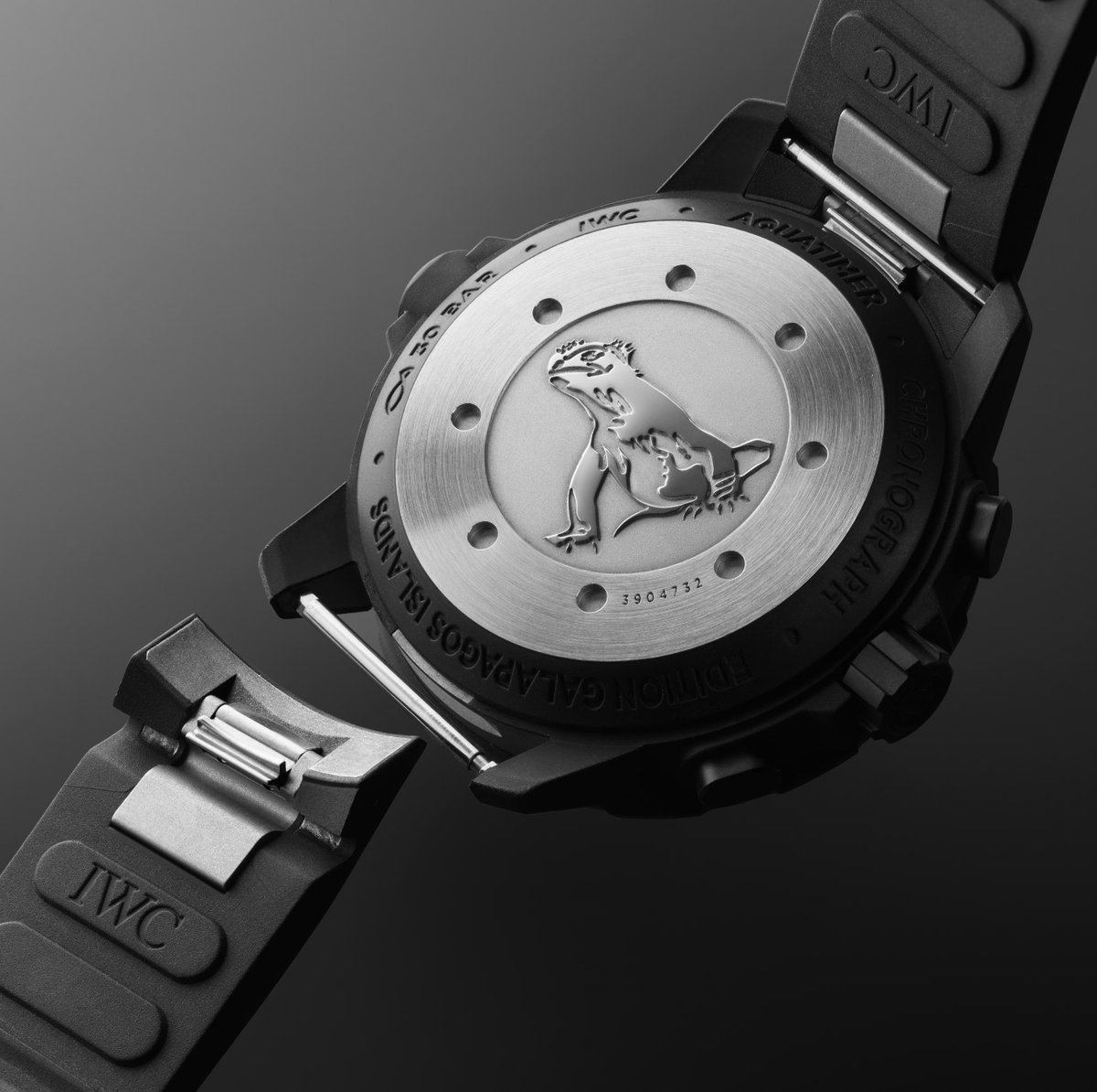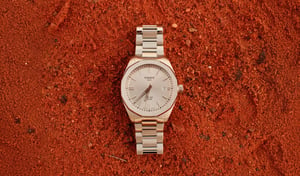There are pros and cons that come with the conservatism of traditional luxury industries. On one hand, they’re enduring, consistent, and extremely good at what they do. But on the other, they can miss developments in technology or production that consumers would love to see adopted.
With the recent launch of the black Tudor Pelagos FXD, I saw a luxury watchmaker replicate a design from one of the best businesses to ever craft customer experience: Apple and its smartwatches. That’s right, a remarkably simple strap design was rolled out for the new FXD — essentially a Velcro loop — making it one of the first times I’ve spotted the simple yet comfortable strap paired with a luxury watch.
The strap in question is the Apple Sport Loop, which was launched alongside the Apple Watch Series 3 back in 2017. Yes, it’s similar to the Omega x Swatch MoonSwatch strap (inspired by straps worn by NASA astronauts over their spacesuits), but at $5,970, the black Tudor Pelagos FXD is the first expensive timepiece that I’ve seen launched with this pairing.
RELATED: The Apple Watch’s New Double Tap Gesture Is A Gamechanger
Off the back of this release, the savvy and fast-footed folks at Delugs — a third-party strap maker — launched their own version of the elasticated and self-adhesive strap to much enthusiasm. Of the 200+ comments on the post, one spoke specifically to this feeling of mild frustration I’ve had over the last couple of years:
“You are literally the only strap company which comes out with innovative stuff again and again! I love it!”
Why is it that luxury watchmakers don’t produce finer, more comfortable and more user-friendly straps? Sure, manufacturers such as Cartier, IWC, Zenith, and others have finally started to sell watches with quick-change mechanisms on their straps and bracelets. Although these designs are almost always retrofitted into existing strap and bracelet styles. It’s a fantastic step in the right direction, but it’s meeting consumer demand, not creating it.

In contrast and to it’s indefatigable credit, Apple has released a number of innovative strap options with its smartwatches over the years. Sure, the initial Sport Band borrowed heavily from Ikepod’s original rubber straps (thanks to Marc Newson bringing the IP with him after departing his watch brand), but the Magnetic Link strap is very well designed for both comfort, ease of use, and security — with the magnetic polarity of each segment oriented to make it difficult to slip open and easy to snap together.
More recently, the Alpine Loop (launched with the Apple Watch Ultra) presented a devastatingly simple alternative to the typical pin buckle closure, with the G-shaped piece of titanium hardware securely tucking into open segments of a single piece of woven textile. There’s a visual similarity to the popular Marine Nationale straps of the watch industry. The Apple Alpine Loop, however, is more comfortable and vastly more secure.
RELATED: The Greatest Affordable Watches In 2023


The entire global watch industry might be a fraction of the turnover of Apple, though considering its entire existence is dedicated to watches and their straps, if feels like a little more bravery is needed to give enthusiasts the best possible experience of owning and wearing timepieces. Just because mechanical watches are a functional anachronism as far as time-telling, it doesn’t mean they should be in terms of comfort.
Different designs need to be dreamed up and created, fresh materials should be experimented with and more colours need to be offered. Because while the watch industry has managed to survive obsolescence for the last half century thanks (partially) to nostalgia and social signalling, it’s competitors over the next half century are bigger, faster, and incentivised to innovate ruthlessly.
















